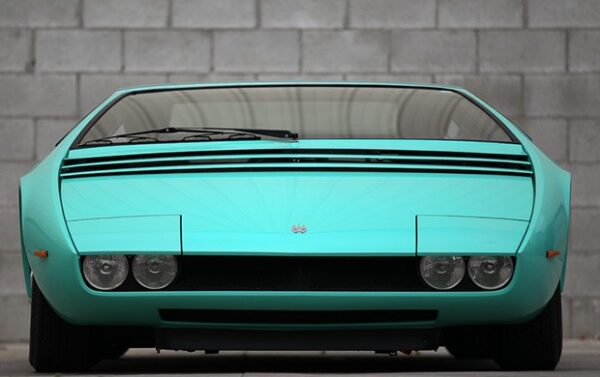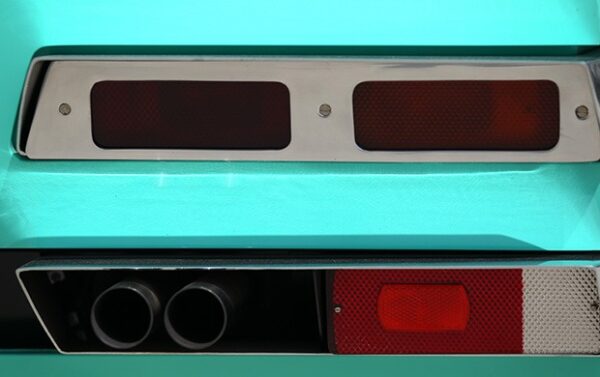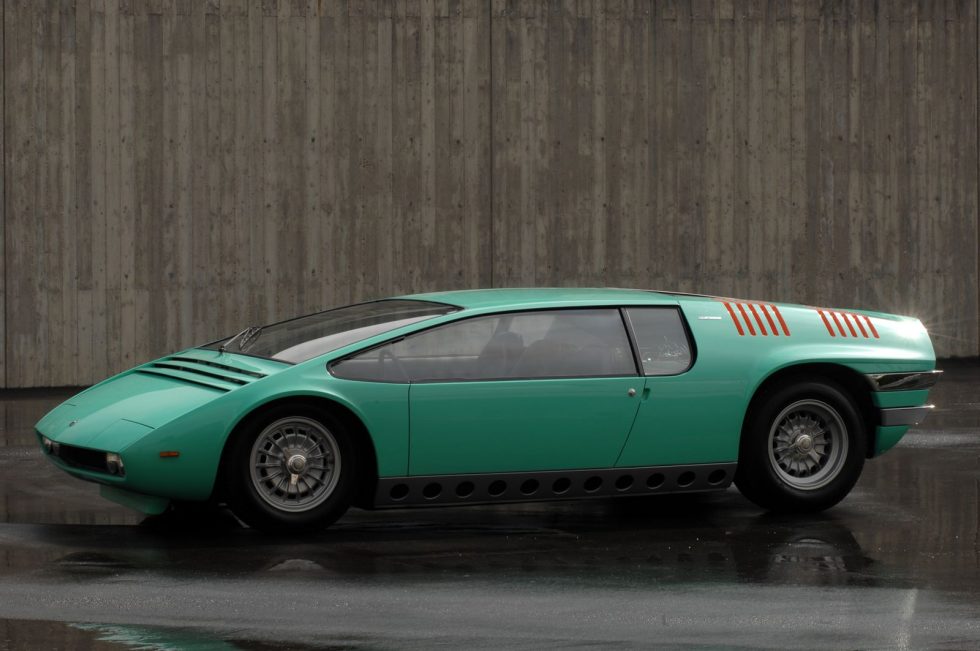
In the ever-evolving landscape of automotive design, there emerges a handful of vehicles that transcend the temporal boundaries of their creation, becoming timeless icons celebrated for their audacity, innovation, and sheer brilliance. Among this elite cohort, the Bizzarrini Manta stands as a masterpiece born from the visionary minds at Italdesign, a swift 40-day manifestation that not only marked Giorgetto Giugiaro’s debut as an independent designer but also became a trailblazer in the realms of design, engineering, and performance. As we delve deeper into the intricate tapestry of the Bizzarrini Manta’s genesis, design ethos, technological innovations, and enduring legacy, we unravel the rich narrative that encapsulates the spirit of automotive excellence.
Genesis of a Revolution: Giorgetto Giugiaro's Vision Unleashed
The year was 1968, and Giorgetto Giugiaro, having recently embarked on his journey as an independent designer, found himself at the forefront of a groundbreaking project that would push the boundaries of conventional automotive design. The Bizzarrini Manta, conceived in a mere 40 days for the Turin Auto Salon, was more than just a prototype; it was a manifestation of Giugiaro’s newfound creative freedom and his unyielding commitment to redefining the very essence of high-performance automobiles.
Collaborating with the esteemed engineer Giotto Bizzarrini, Giugiaro found a kindred spirit whose engineering prowess complemented his design brilliance. The tubular frame chassis derived from the Grifo Competizione model provided the perfect canvas for Giugiaro to weave his design magic, setting the stage for a paradigm-shifting creation.
Design Excellence: A Symphony of Lines and Aerodynamics
The Manta’s design was nothing short of a symphony of bold lines, aerodynamic precision, and innovative features. The front end, adorned with a slanted windscreen at a distinctive 15° angle, seamlessly merged with the bonnet and roof, creating a visual harmony that was both captivating and functional. A revolutionary addition was the “venetian blind” window below the windscreen, a testament to Giugiaro’s meticulous attention to detail and a practical solution to enhance visibility during urban drives.
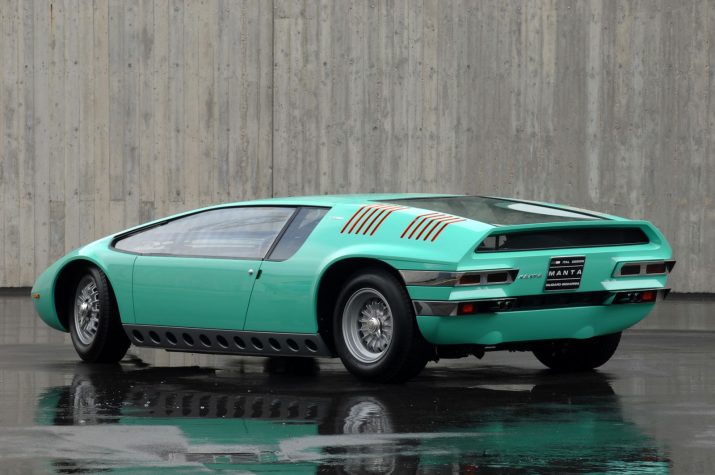
The nomenclature “Manta” found its roots in the front-end appearance, resembling the pincers of a majestic fish. This not only added a touch of mystique to the prototype but also served as a visual metaphor for the car’s prowess and agility. The side view revealed a sleek, bullet-shaped profile, with windows extending almost to the wheel arches, creating a sense of fluidity and speed.
Interior Innovation: A Racing Pedigree Redefined
Beyond its captivating exterior, the Manta housed an interior that was as revolutionary as its exterior. The three-seat configuration, with the driver strategically placed in the center, was a departure from conventional layouts, underscoring the car’s racing pedigree. The steering wheel, with its chalice-shaped structure and provocative positioning, not only added a touch of flair but also showcased Giugiaro’s commitment to blending aesthetics with functionality.
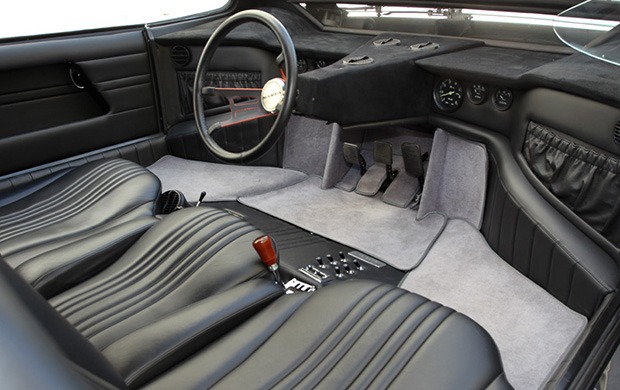
Chevrolet V8 and Unparalleled Performance
Beneath the Manta’s striking exterior lay the heartbeat of its performance – a formidable Chevrolet V8 engine mounted longitudinally in the rear. This departure from the front-engine sports car series of Bizzarrini not only added to the prototype’s uniqueness but also elevated its performance capabilities. The 4-speed injection engine, delivering an astounding 400 bhp, catapulted the Manta to a staggering speed of 330 km/h, firmly establishing its position as a formidable force on both road and track.
The rear-end design, featuring four groups of five louvres each, served not only an aesthetic purpose but also contributed to enhanced aerodynamic efficiency. The integration of exhaust pipes into the tail frame added a touch of sporting allure, emphasizing the car’s raw power and unbridled performance.
Aesthetic Evolution and Timeless Legacy
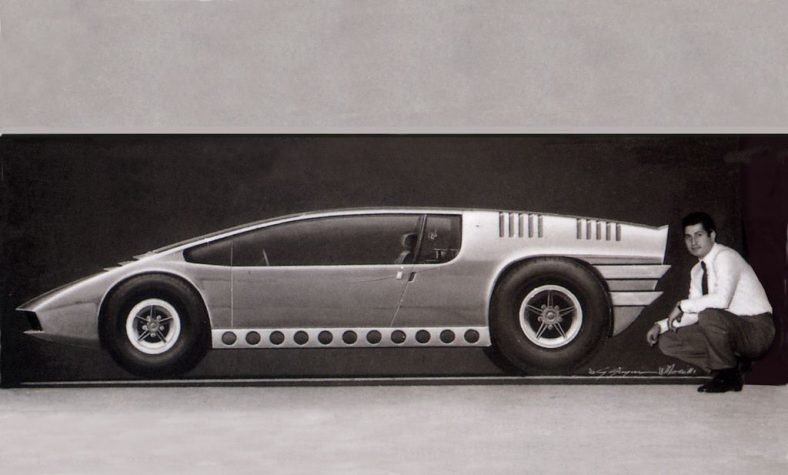
The Manta’s aesthetic journey underwent transformations, reflecting the evolving spirit of innovation and celebration. Originally painted in a striking acid green with orange ornamentation, the prototype transformed into a sleek metal grey for Italdesign Giugiaro’s 30th anniversary, only to revert to its original green after the festivities. A static model, resplendent in fiery red with longitudinal black and white racing stripes, not only exuded a sense of speed and competition but also underscored the Manta’s sporting vocation.
The enduring legacy of the Bizzarrini Manta transcended its brief existence as a prototype. Its influence echoed in subsequent designs, most notably in the 2008 Quaranta – a commemorative car paying homage to the Manta’s three-seat configuration and forward-thinking design elements.
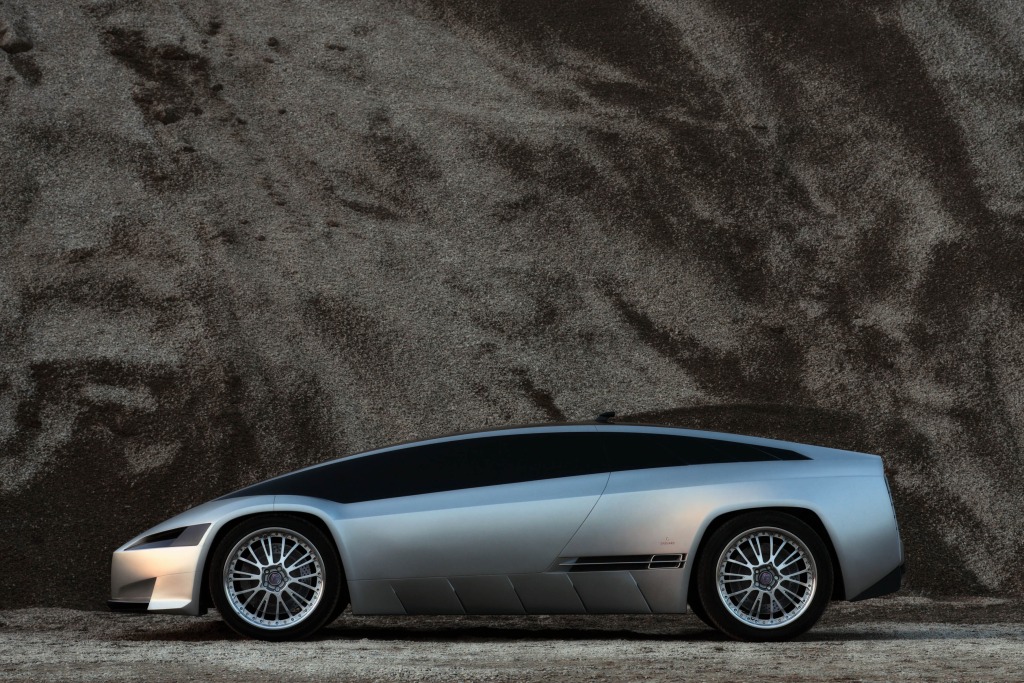
Conclusion: The Enduring Spirit of Innovation and Design Mastery
In conclusion, the Bizzarrini Manta stands not just as a remarkable prototype but as a testament to the boundless creativity, ingenuity, and design mastery of its creators. From its rapid-fire conception to its groundbreaking design and awe-inspiring performance capabilities, the Manta remains an everlasting imprint on the canvas of automotive history. It is a beacon of inspiration for designers, enthusiasts, and industry stalwarts, underscoring the transformative power of visionary thinking in the world of automotive design.
The Bizzarrini Manta not only challenged the status quo but redefined the possibilities of automotive aesthetics and performance, immortalizing the spirit of innovation, speed, and enduring excellence. As the automotive world continues to evolve, the Manta stands as a timeless reminder that true greatness lies in pushing the boundaries, daring to dream, and creating vehicles that not only traverse roads but also transcend time.

